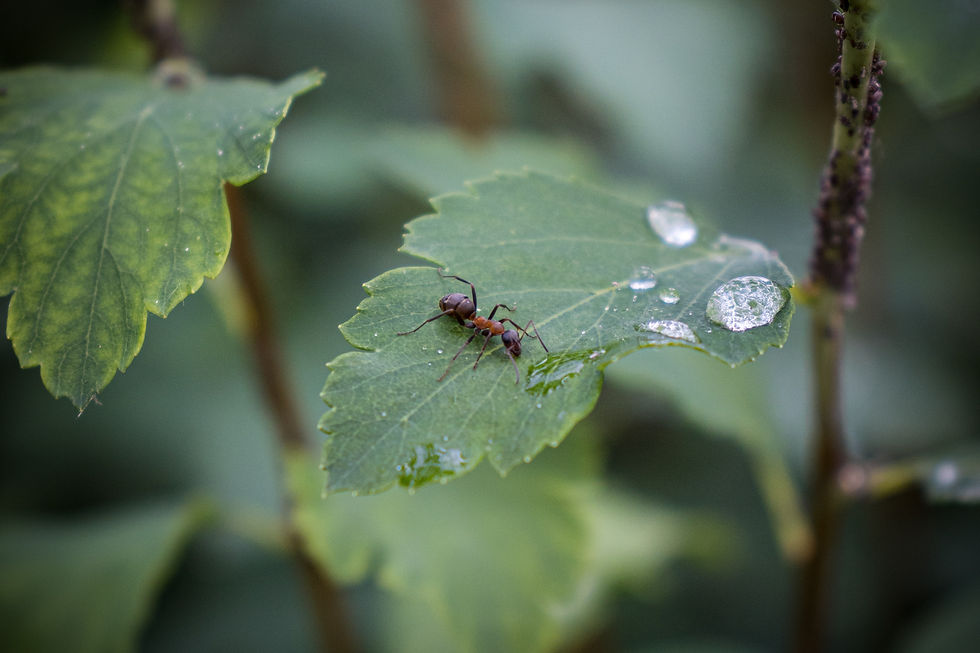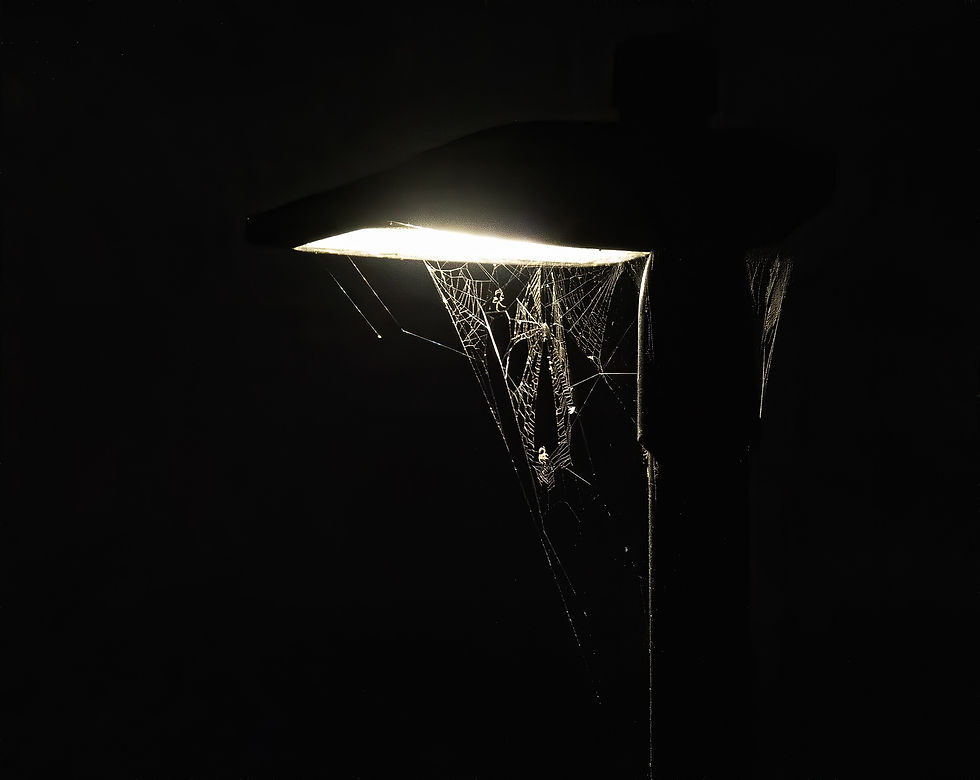How to Protect Your Property From COVID-Powered Critters
- Christian Domingo
- Oct 20, 2022
- 4 min read
Ah autumn, everyone’s favourite season (or at least it should be). The season of sweater weather, multi-coloured trees, and pumpkin-flavoured everything. The trade-off, of course, is that as Canadians, we’re all well aware that autumn is basically the five-minute intermission between the blistering heat of summer and the sub-zero chill of winter – as such, it’s the best time for property managers to give their properties a little bit of TLC before it gets too cold. The changing of the seasons often comes with a set list of things to worry about. As the temperatures drop and the sun’s office hours shorten, property managers all over the GTA must start considering things like winter-proofing their properties, reconfiguring their heating and cooling needs, and general maintenance.

One of the most common issues that plague properties in the cooler months is the uptick in pests; while rodents, bugs, and birds are a nuisance to property managers all year-round, they can be particularly annoying during the fall and winter as they seek shelter from the cold in our nice, cozy homes. Furthermore, according to a study done by the National Pest Management Association, the effects of social distancing over the last few years have made pests more brazen as they’ve been free to roam around buildings relatively unhindered. We know everyone’s probably sick of the phrase “new normal” by now, but property managers may be finding that the critters that might’ve shied away from crowds prior to the pandemic are now more annoyed by their presence.

Not to mention the rampant ongoing caffeine crisis.
Photo by Mert Guller on Unsplash
If you’re seeing an increase in pest activity around your property, we’ve compiled a handy little guide outlining some steps you can take to mitigate potential risk factors.
Airtight and Pest Free
The most important step in protecting your home against the unwanted tenants of nature is to conduct regular preventative maintenance. Have a look around your property and pay attention to any areas that are dark or damp – these are the areas that rodents and bugs are most likely to gravitate towards. In particular, condensation buildup around equipment, appliances, and pipelines can be very attractive to bugs. A few drops coming from a pipeline might not seem like much to you, but it can become the oasis that a colony can build itself around if given enough time to collect.

Photo by Oleksandr Kuzmin on Unsplash
If you want to avoid letting critters into your property, you should also make sure that they haven’t got any secret entranceways to get in through. Any cracks or gaps along the exterior of your build should be sealed up as soon as possible, especially anywhere that pipes or utilities enter from the outside. Gutters should be cleared of leaves and debris regularly, and downspouts should also be checked to ensure they’re functioning properly to direct water away from the building. If you haven’t already, now would also be a good time to make sure that all doors – especially external doors – are fitted with door sweeps and any holes or gaps on screen doors are repaired. Small adjustments such as this will not only keep pests out, but also keep hot air in during the colder months.
Nature vs. Nurture
To prevent pests from entering your property, it’s also important to understand the kind of environments that breed them around your property. For example, dense foliage around a property can be a big breeding ground for bugs, which is why you’ll often find that large commercial and multi-residential buildings have a gravel perimeter to temper any overgrowth amongst the landscaping. Trees that are in direct contact with your building can also be a risk, serving as a convenient little bridge to the upper floors for any critters that feel particularly enterprising. Overgrowth is a particular nuisance as the insects that breed in it often attract spiders, and while most people might not bat an eyelash at the odd fly in the building, but a spider infestation is definitely much more noticeable. That said, it’s also important to mind the exterior lighting of your building – anyone who’s taken a close look at a door light or streetlight after dark knows that flying insects love to congregate around the glow, making it ripe real estate for a spiderweb.

Outside of controlling the natural elements, you should also make sure that any dumpsters onsite are as far from the building as possible and have a lid that can be locked tight. Any empty containers both in and outside the building should be disposed of or stored properly, as these can also attract and serve as comfy little hiding spots for insects and rats. Finally, be sure to double check any new shipments or inventory – keep a lookout for any holes or tears in the package. Outside of your standard package-tampering concerns, these can also be clear signs that rats or insects may have gotten into the package.
By following these steps, you can ensure that your property is free from rats, bugs, birds, and all other manner of bothersome critters. And of course, our expert team of electricians, plumbers, and mechanical technicians are also always on hand to help with any issues that might arise, rain, snow, or shine, no matter the season.





Comments